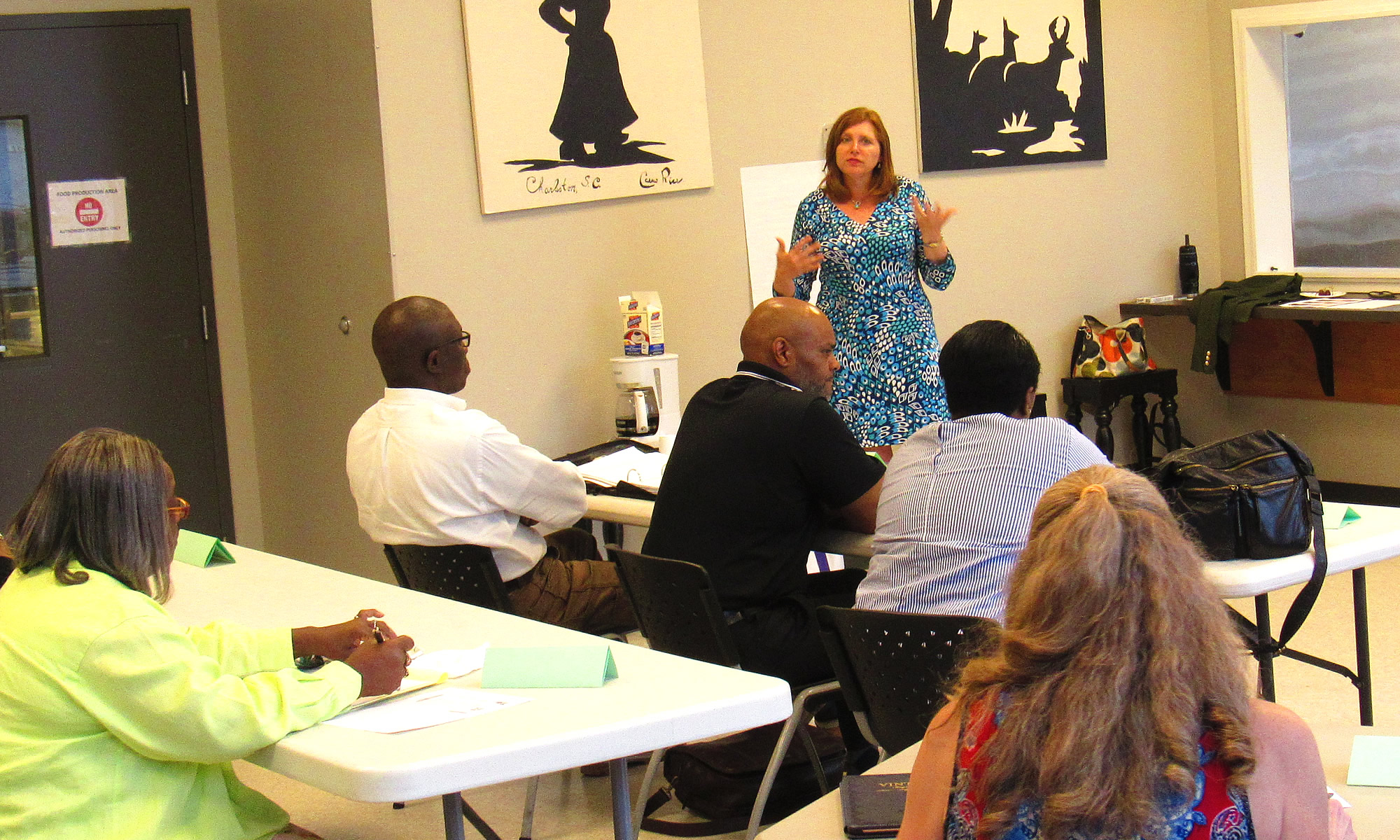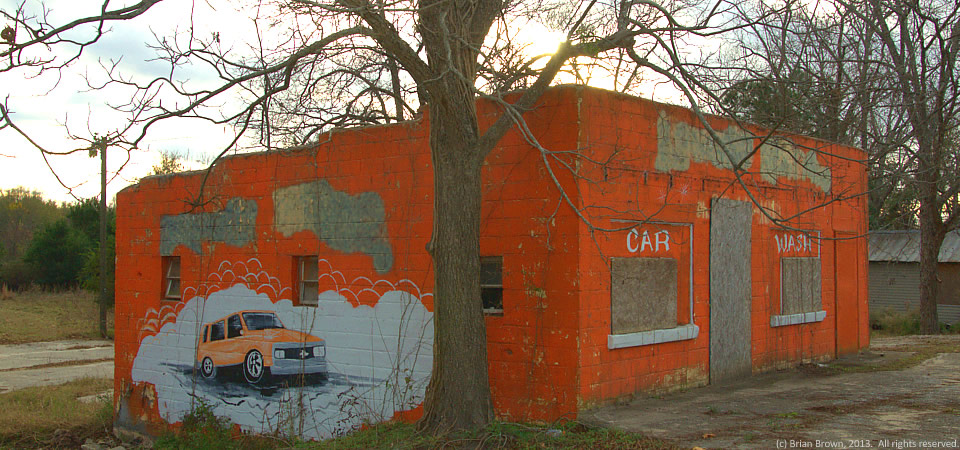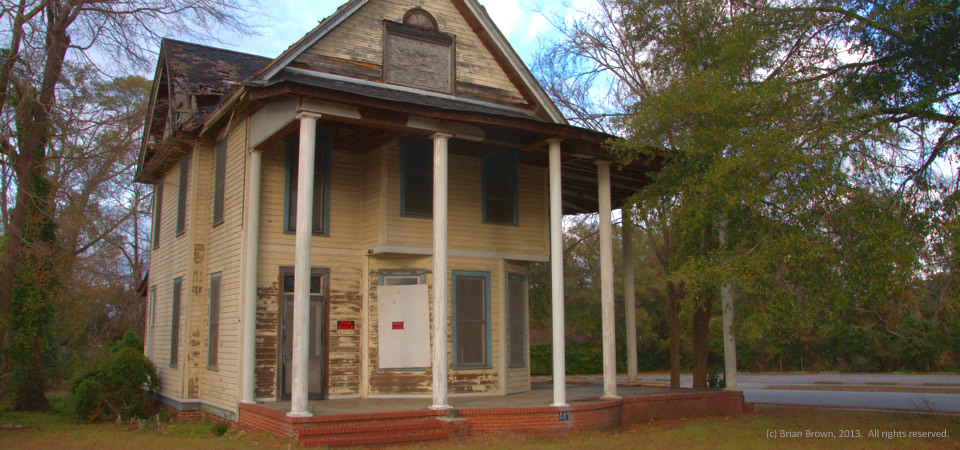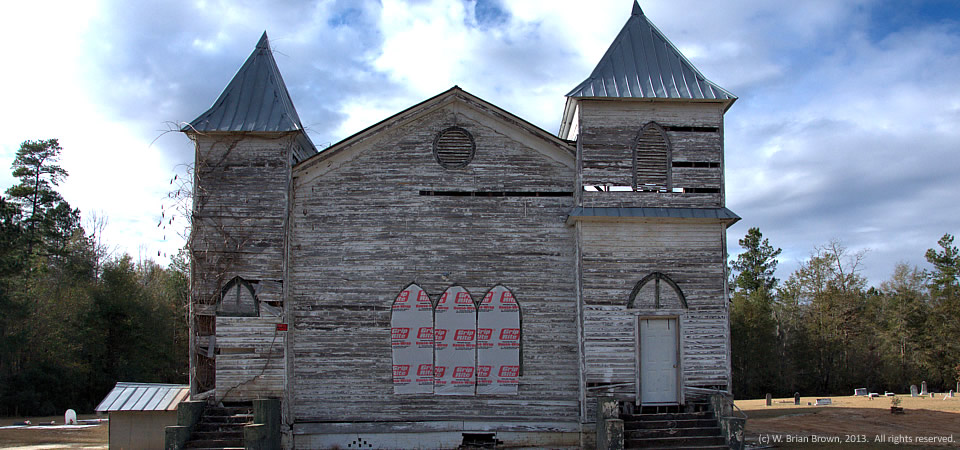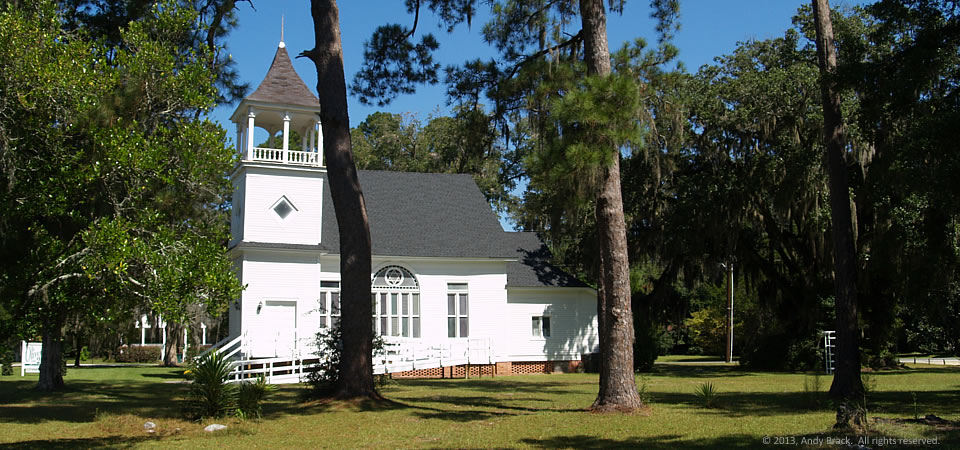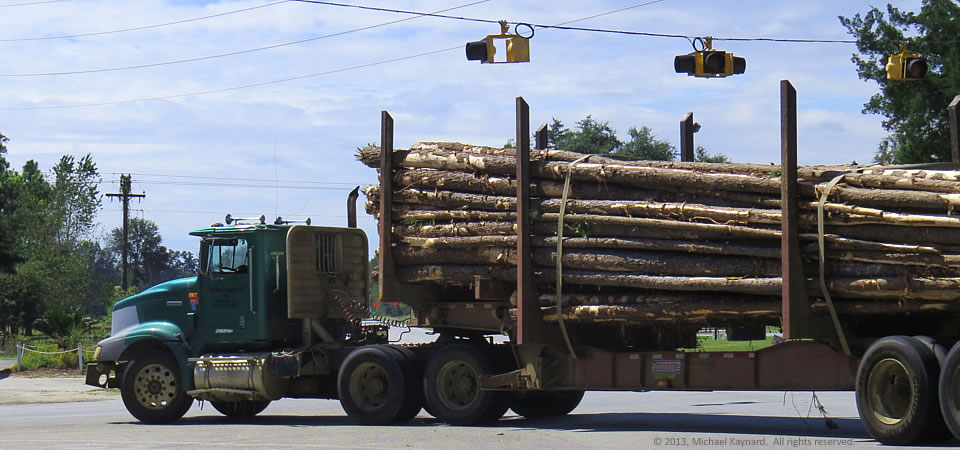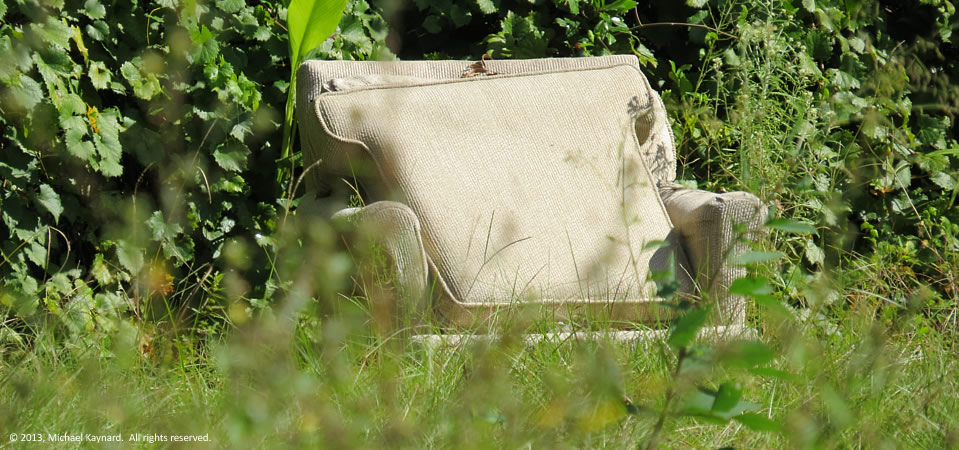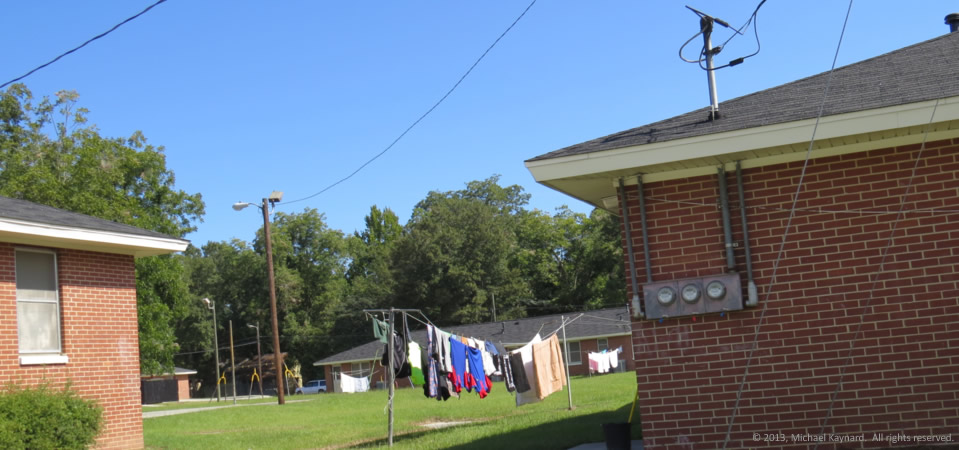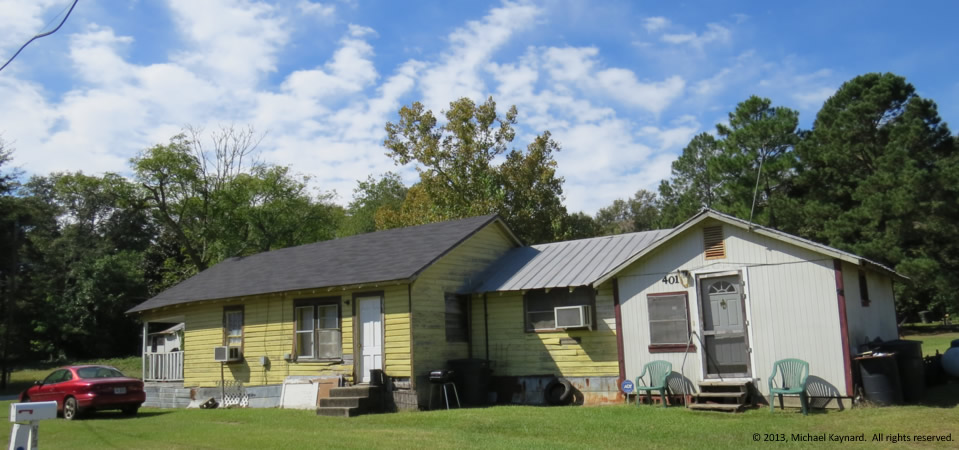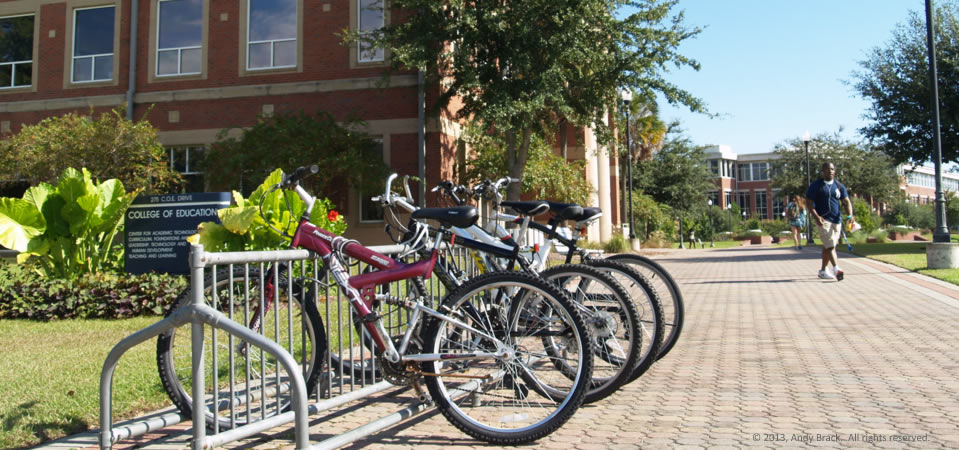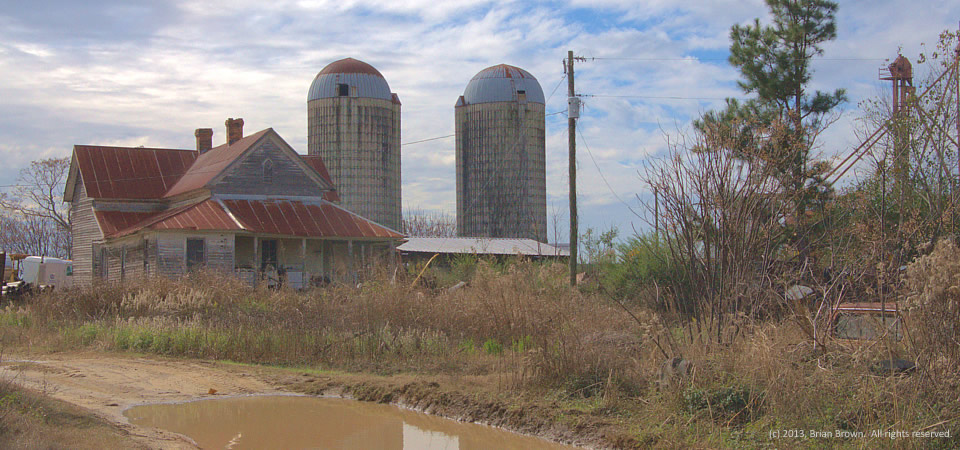
VanishingSouthGeorgia.com photographer Brian Brown sent along this typical Georgia country scene about four miles southwest of Millen — an old Victorian farmhouse surrounded by silos, farm implements, dirt roads and mud puddles.
Remind you a little bit of some of the descriptions of eastern Georgia from Tobacco Road (1932) author Erskine Caldwell? Nearby on Brown’s photoblog, you can find other neat stuff around the Emmalane community: Brinson’s Bar-B-Que (“a well-loved institution in Jenkins County … three slices, of Sunbeam bread, a generous helping of potato salad and Brinson’s sweet tea complete this classic Southern meal”), Skull Creek Baptist Church and an old general store.
Jenkins County, whose county seat is Millen, was home to 9,213 people, according to the U.S. Census in 2012, an increase of 10 percent from two years earlier. Almost 30 percent of residents live in poverty.
Photo by Brian Brown, 2013. All rights reserved.
